Posted : June 4, 2019
Our blog is chock full of great ideas for fun things to see and do in York Durham and Headwaters. We are always adding new content and updating old posts, but sometimes you might stumble upon something from our vault. If this article has inspired you to hit the road, be sure to double-check that the featured stops in this post are still welcoming visitors.
Nowhere is Canada’s automotive manufacturing history more prevalent than in Oshawa.
Known as the city that built General Motors of Canada, Durham Region’s largest municipality is synonymous with the automobile. Oshawa’s former motto – “The City in Motion” – illustrates its history as a major hub of vehicle manufacturing, which dates back to modest beginnings in 1876 when Canadian auto baron R.S. McLaughlin founded the McLaughlin Carriage Company.
The Canadian automotive era began with little fanfare at the turn of the 20th century before the car emerged only two decades later as a mass-produced, reliable form of transportation. It was a period of unprecedented technological innovation in transportation, with Oshawa at the forefront of the sweeping evolution that saw Canadians abandon horse-drawn carriages in favour of gasoline-powered cars.
The Canadian Automotive Museum (CAM) in Oshawa has documented that progression since 1963. The institution continues to preserve and share the history of Canada’s automotive industry by celebrating the automobile and Durham Region’s unique connection to it. Though the CAM’s focus has shifted over the years from the pioneering days of vehicle manufacturing, it now tells a more general story through its exhibits and collections as it relates to Canadians and their relationship to the automobile, as well as the history of manufacturing and production.
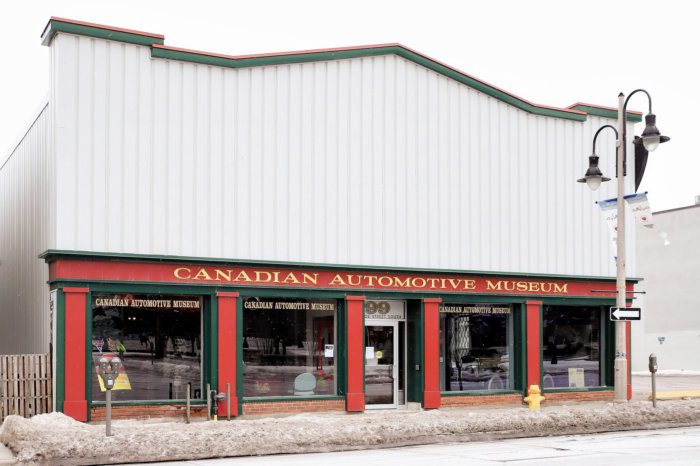
“In 1963, Oshawa was home to the largest auto manufacturing plant in Canada, and it shaped our country’s automotive identity,” explains Alexander Gates, Executive Director and Curator at the CAM. “The auto workers’ union in Oshawa in 1937 also greatly influenced a shift in labour relations when they went on strike for better wages and working conditions. That action reverberated across the country.”
The CAM’s expansive collection of vehicles is impressive. It includes the 1915 Ford Model T and 1937 McLaughlin Buick, a 1949 Mercury Meteor and 1955 Buick Special. There are also American-made cars such as a 1902 Orient Buckboard and 1921 Kissel Gold Bug, and British models including a 1926 Bentley 3L Speed Model, the 1937 Rolls-Royce Phantom III, and a 1983 DeLorean DMC-12 built in Northern Ireland made famous in the “Back to the Future” movie series.
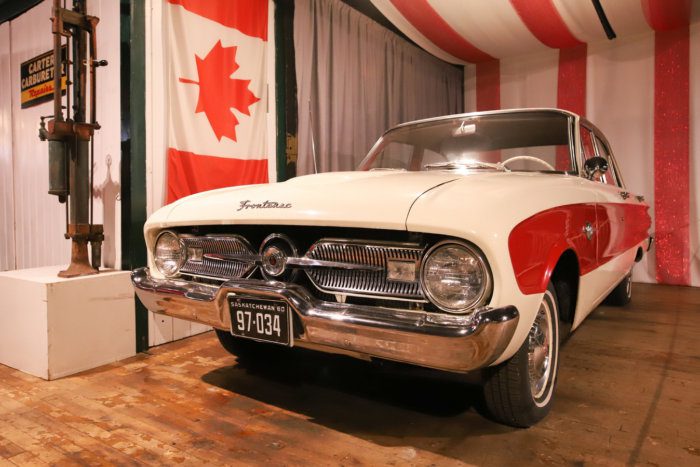
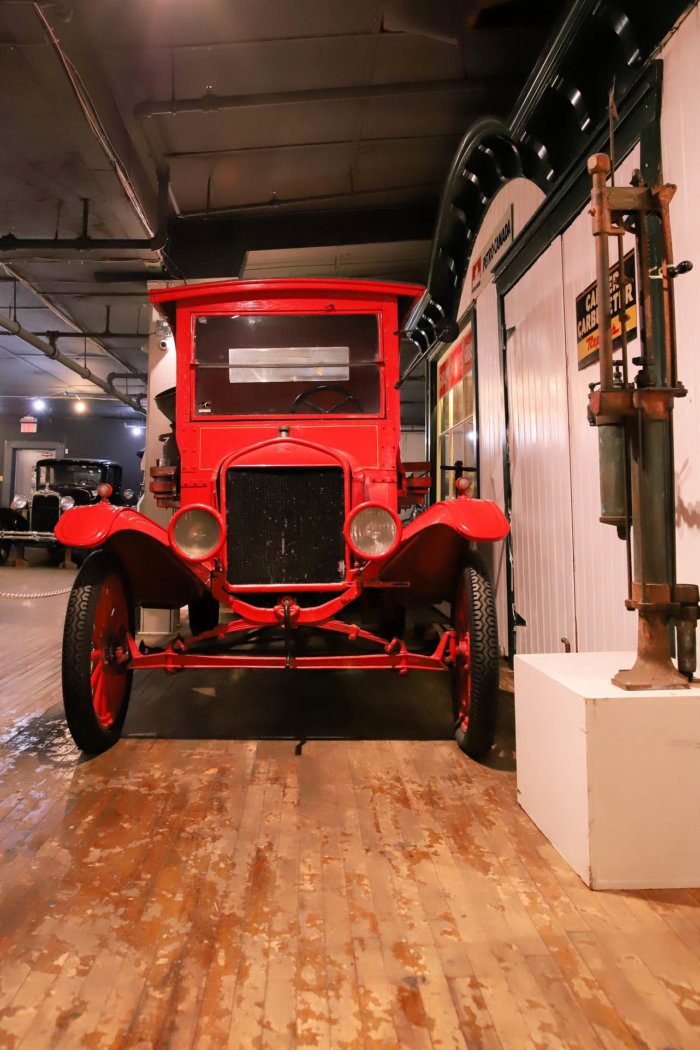
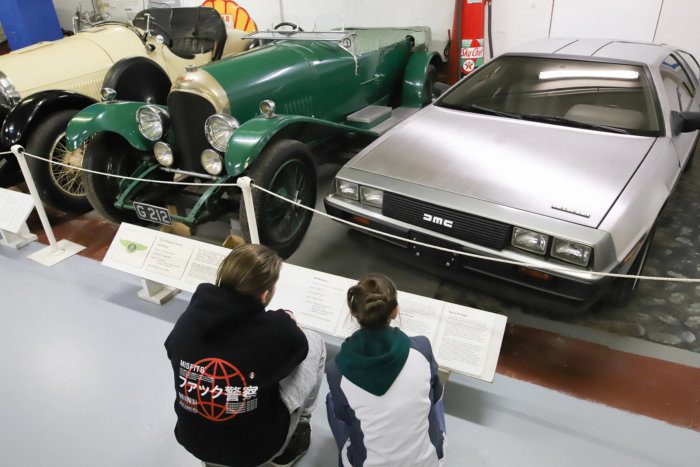
“We have some vehicles in our collection that are hand-crafted or which have individual bodies chosen by their owners,” Gates says. “A lot are pre-war cars, and a number of vehicles we have are from Europe, as well as ones made in Canada.
“We have 16 vehicles in our collection representing manufacturing of carriages and automobiles built in Oshawa … all the way up to the 1990 Chevy Lumina, which is the last Lumina built here, and is signed by all of the assembly workers. Through all of the vehicles of different generations, we connect all of the factories and people who worked in them.”
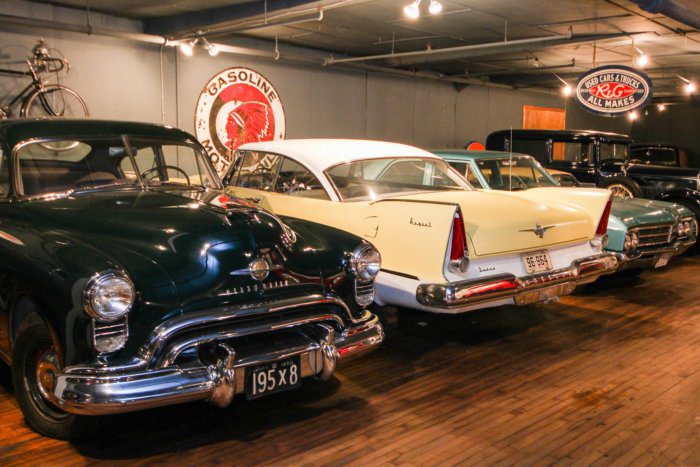
Everyone has an opinion on the automobile, which continues to make the car a relevant topic in modern life. But is the car a work of art?
“I think the people who design cars, their work is certainly art,” says Sonya Jones, Curator at the Robert McLaughlin Gallery in Oshawa. “Industrial design is indeed a form of art. A few years ago we held an exhibition containing the original drawings of auto designers.”
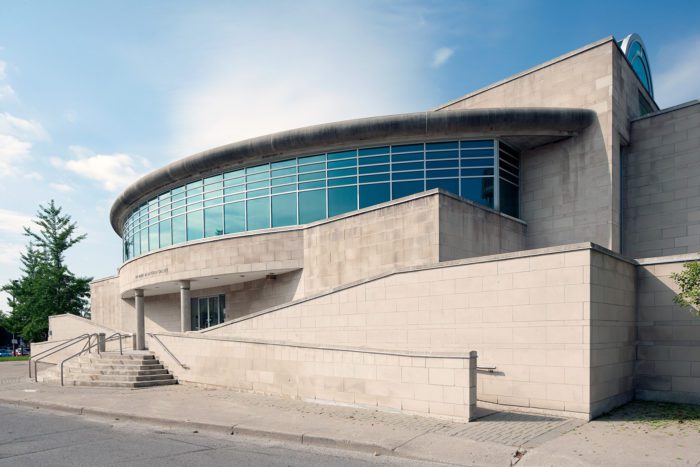
The gallery houses more than 3,600 historical photos of Oshawa spanning 100 years in its Thomas Bouckley Collection. Within it is a large amount of images showing how the McLaughlin family brought the auto industry to Oshawa and the industry’s progression.
“The automotive history of Oshawa … started with the McLaughlin Carriage Company,” she says. “The majority of the photos in our collection focuses on the carriage industry, including when the McLaughlin Motor Car Company was sold and became General Motors of Canada.”
In October, the gallery will host a 56-photo exhibition called the “Oshawa: A History of Local 222” by Carole Condé and Karl Beveridge, which traces the development and history of the United Auto Workers’ union from 1937 to 1984. It includes details on women’s contributions to the union, and the role the union played in the community.
“This photographic series tells the personal stories of the men and women of the union,” Jones adds. “The artists worked closely with auto worker retirees and women’s groups that were part of General Motors to tell the changing role of women in the auto industry.”
The living history that is Oshawa’s automotive heritage is also seen in the Parkwood National Historic Site, the former home of R.S. McLaughlin and his family.
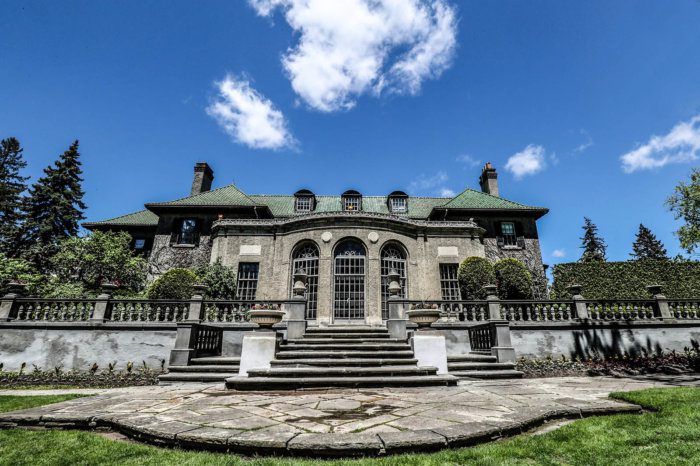
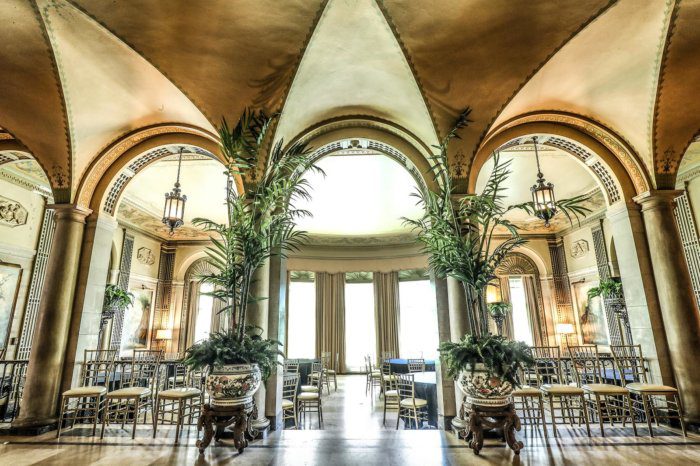
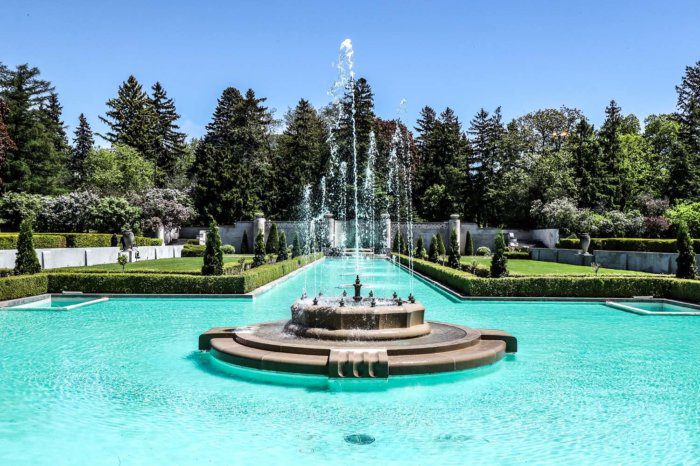
“Parkwood was built from scratch based on the aspirations of what the McLaughlins wanted the estate to look like, so what you see is what they developed over 55 years of living here,” says Samantha George, Curator at Parkwood Estate in Oshawa. “What’s amazing with regards to material culture is the estate gives a glimpse of what the early 20th century was like in terms of industrialization.”
Parkwood was more than a wealthy auto baron’s home. It was also an important stopover for politicians, leading industrialists, and members of the British royal family.
“McLaughlin would entertain prime ministers, governor-generals, and anyone who was royal. They all stopped at Parkwood on their way through Oshawa,” she explains. “It shows us the more genteel side of business. Business deals may have been made at the office, but those discussions carried over at the dinner table or the snooker table in the billiard room at Parkwood.
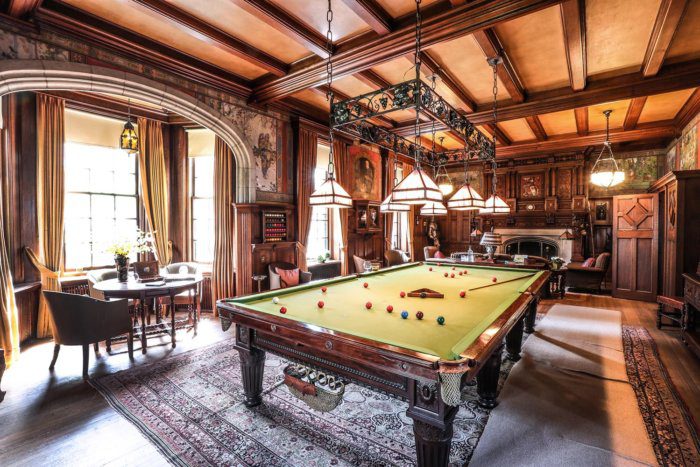
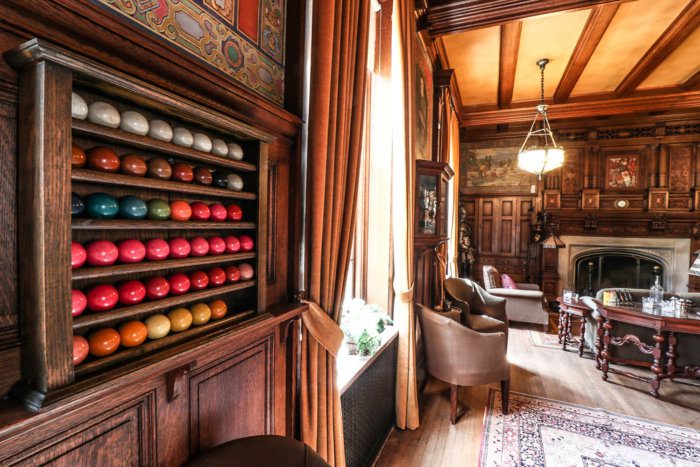
“We know from the guest books Sam McLaughlin was entertaining people like Walter Chrysler, and the Du Pont family were here various times.”
That Oshawa was a leading industrial city in the 19th century paved the way for the city to grow and expand its automotive production, Gates adds.
“Canada is a small country that produced far more vehicles per capita than anywhere else in the world,” he says. “Oshawa is a global leader in automotive production and innovation, and as Canadians, although we don’t like to brag about how great we are at building and designing cars, a lot of credit needs to be given to the workers.”
By Liam Lahey
– Lahey is a freelance writer and editor. Follow him on Twitter: @LiamLahey